cat nasal polyp sound
It seems to come and go and at times sounds like has a rattly snore on almost every breath and at times it is not there at all. My 10 year old cat has always had a Stridor and stertor problem.

Cat Snoring Reasons And Treatment Options Vet Advice
The noise s are new.

. The inflammatory polyp is the most common surgical disease in cats. Close Nasal noise in cat PhoebeRose. The vet said the possibility of nasal polyps is possible but highly unlikely due to his age at only 5 months old.
She suggested a CT scan for and to see a specialist to come up with a plan which involves lotsa. The polyps obstruct the passage of air so affected cats usually develop a distinctive snorting sound as they breathe. CVE CT Series September 2010 Issue 260 Winner of Best Pics.
The signs of nasal polyps often mimic an upper respiratory infection however these signs may persist with little response to medical therapy. The signs will typically include noisy breathing sneezing and gagging says Dr. For more information about Feline Nasopharyngeal Polyps visit the Cornell Feline Health Center.
The cause of this condition is unknown but may be associated with chronic recurrent upper respiratory infections. Nasal polyps are most. GAAAK was the sound he made when he inhaled like he was trying to breathe through the worst clogged nose in the world.
Labored and noisy breathing nasal discharge head shaking sneezing difficulty in swallowingall of these clinical signs suggest that a cat is harboring an upper respiratory problem. Luckily for Draya the treatment was quite simple as Dr. Nasopharygeal polyps often present as a persistent snoring sound in cats.
It does sound like polyps its the obvious pick. Unilateral frontal sinus discharges asterisks severe destruction in septa of frontal sinus yellow arrow and invasion to the left side are visible in B. If youve been reading this blog for awhile youll no doubt recall that over the months weve been trying to get to the bottom of and treat the cause of Rockets chronic nasal congestionOur most recent efforts included working with a veterinary homeopath out of Denver.
Secondary bacterial infections can develop due to the blockage and accumulation of secretions. Nasopharyngeal polyps impact your cats breathing. Feline leukemia virus FeLV or Feline immunodeficiency virus FIV infection may suppress the immune system resulting in chronic infection that leads to polyp.
Your cat is panting like a dog. The abnormal noise s persist more than a few hours. These are blobs of inflammatory tissue that protrude into.
The severity of clinical signs observed depends on the location and the size of the polyp. She said it could be a congenital abnormality or a mechanical obstruction whatever that is. Chronic nasal congestion could point to a nasal polyp in cats.
Nasopharyngeal polyps impact your cats breathing. In addition to that cats with nasal polyps tend to produce increased respiratory sounds that are pretty similar to snores. Secondary bacterial infections can develop due to the blockage and accumulation of secretions resulting in nasal discharge.
The nasal polyp demonstrates enhancement of the peripheral rim. Were happy to say that Draya is expected to make a full recovery. Nasal polyps are most frequently observed in young cats.
Steinberg gently plucked out the polyp restoring air flow through her nasal passages. Its been a rough week for Rocket. Communities Cats Nasal noise in cat.
Common symptoms of nasal polyps in cats may include the following. Where a polyp is nasopharyngeal so not in the ear but at the back of the throat above the soft palate the cat normally shows more respiratory-type signs. The symptoms are accompanied by abnormal behaviors like hiding not eating or.
Read more can cause signs of upper respiratory disease such as increased sounds associated with breathing sneezing and nasal. Some cats will require a more serious surgery known as a Ventral bulla osteotomy. While the occasional hack or snore can be normal please call us if.
Occasionally we see some other signs like. Affected cats may have trouble. Although nasopharyngeal polyps can develop in cats of all ages and are occasionally diagnosed in elderly cats Dr.
Signs and treatments. If this occurs the cat develops nasal discharge and sneezing. Your cats breathing is labored.
Commonly observed clinical signs include sneezing increased respiratory sounds and nasal congestion. Nasopharyngeal polyps Inflammatory Polyps Ear canal tumors may develop from any of the structures lining or supporting the ear canal including the outer layer of skin the glands that produce earwax and oil or any of the bones connective. These include sneezing nasal discharge sometimes reverse sneezing a startling honking sound thats basically a reflex caused by the cat trying to clear the throat.
In some cases these signs may be accompanied by a phenomenon called reverse sneezinga sudden alarming honking sound that the frustrated cat makes in an apparent effort to clear its throat. The discharge may be clear or have some blood in it. The problem Domino had is called a nasal polyp.
This mass is called a nasopharyngeal polyp. Some cats may have nasal discharge can be clear or thick yellow snotty looking. Weight loss Refusal to drink or eat Swallowing difficulties Ear infection The odor from the ear Nystagmus Ear scratching Balance problems Head shaking Head tilt Nasal discharge Noisy breathing Changes in meow Difficulty breathing.
If this occurs the cat develops nasal discharge and sneezing. The polyps obstruct the passage of air so affected cats usually develop a distinctive snorting sound as they breathe. Comparison between first A and second B CT scans of the nasal polyp red arrow after 2 years.
Rarely cats can experience loss of balance and different pupil sizes. Cats can develop benign growths in their nasal passages that make it difficult to breathe. They are accompanied by ocular or nasal discharge.
A nasopharyngeal polyp as a cause of respiratory stertor in a cat by Jaime Chin. Stone points out that they are almost always observed in young adults and occasionally kittens. The discharge may be clear or have some blood in it.
In most cases it is anatomically impossible to remove the entire polyp and recurrence is common. De-bulking of the mass will generally improve the breathing and other clinical signs. Surgery to remove as much of the polyp as possible is the most common treatment.
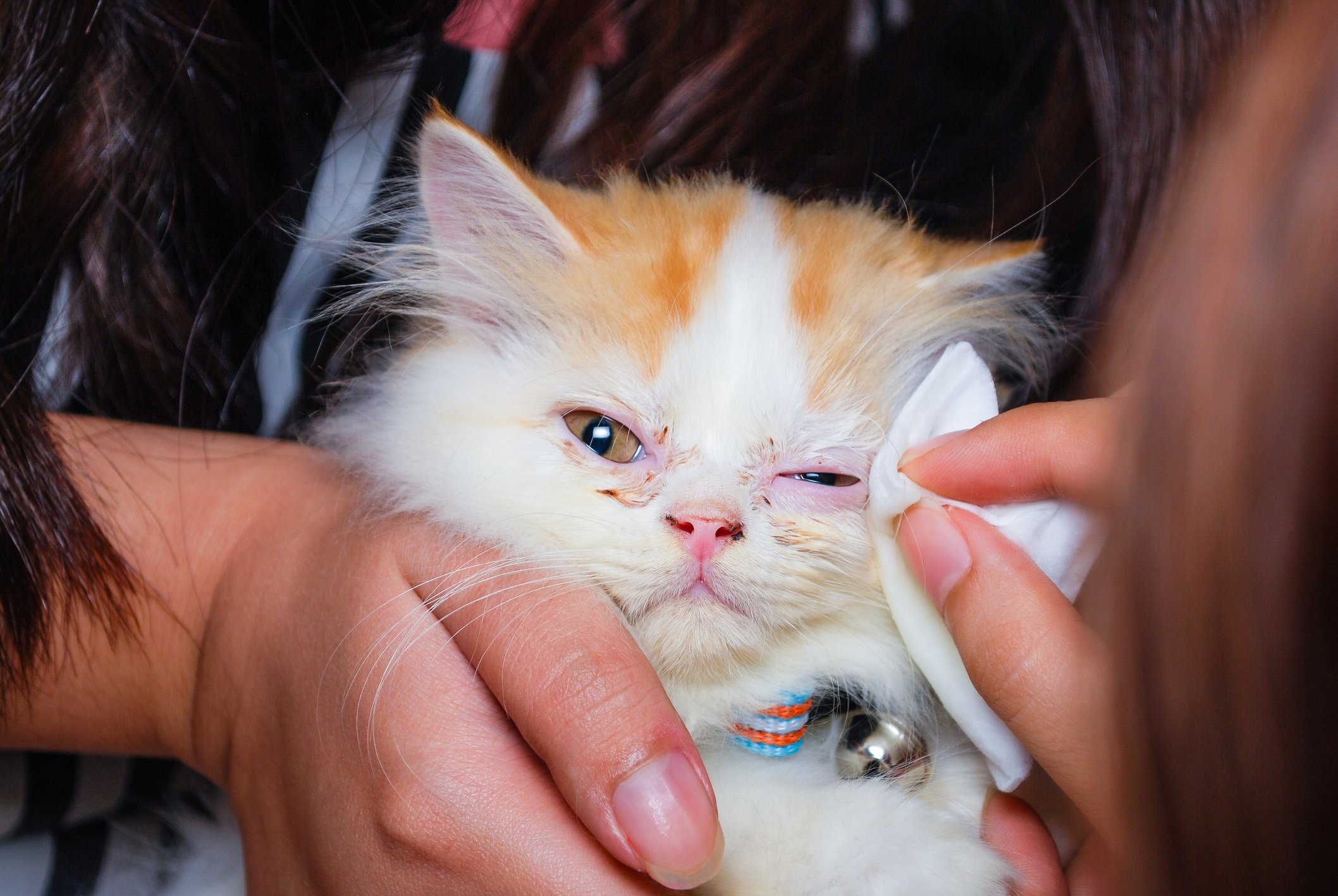
Chronic Rhinosinusitis In Cats Tufts Catnip

Edie And Her Nasopharyngeal Polyp Removal See How What This Looks Like And How Big They Can Get Youtube
Nasopharyngeal Polyps A Tricky Airway Problem In Cats Criticalcaredvm

Nose And Sinus Inflammation In Cats Petmd
Antelope Animal Hospital Nasopharyngeal Polyp

Visiting Vet Snuffles The Martha S Vineyard Times

I Think My Older 16 Year Old Cat Has A Nasal Polyp He Is The Love Of My Life He Has What Look To Be A Pink Swollen

Nasal Polyps In Cats Symptoms And Treatment Options Kingsdale Animal Hospital

Facial Distortion And Epiphora In A Cat With A High Grade Large B Cell Download Scientific Diagram

Cat Owners Beware Of Polyps The River Reporter
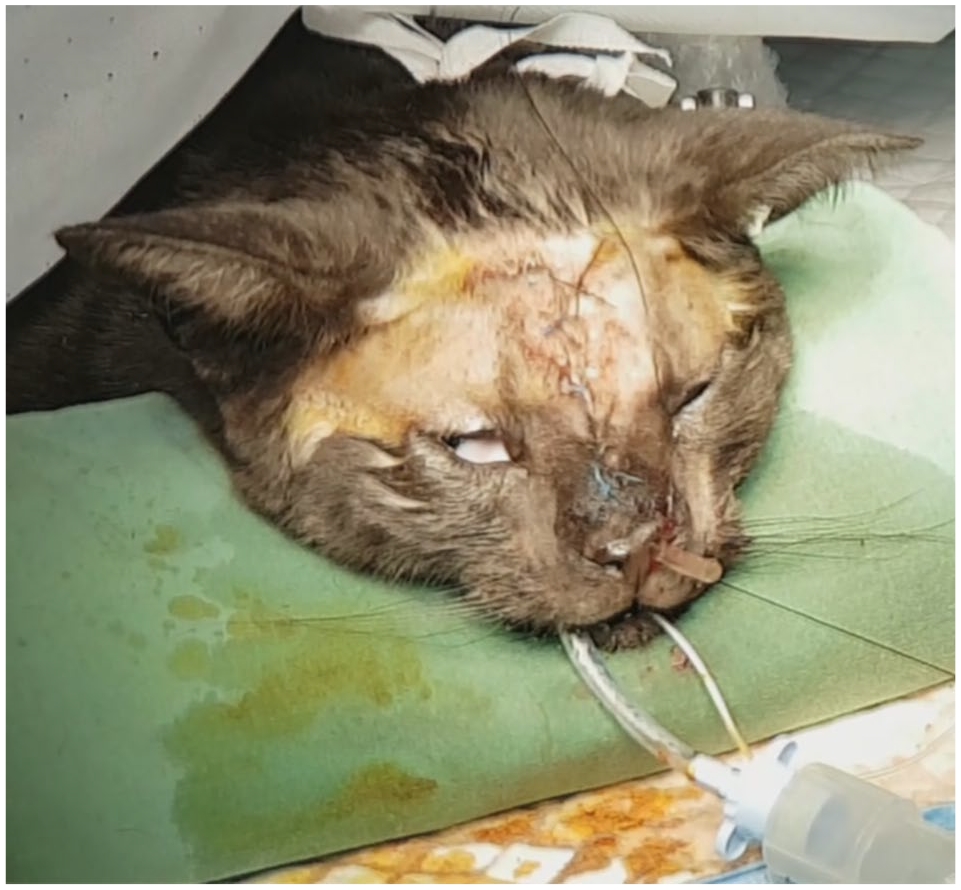
Partial Resolution Of Chronic Unilateral Sinonasal Obstructive Disease In A Cat Using A Temporary Polyvinylchloride Stent
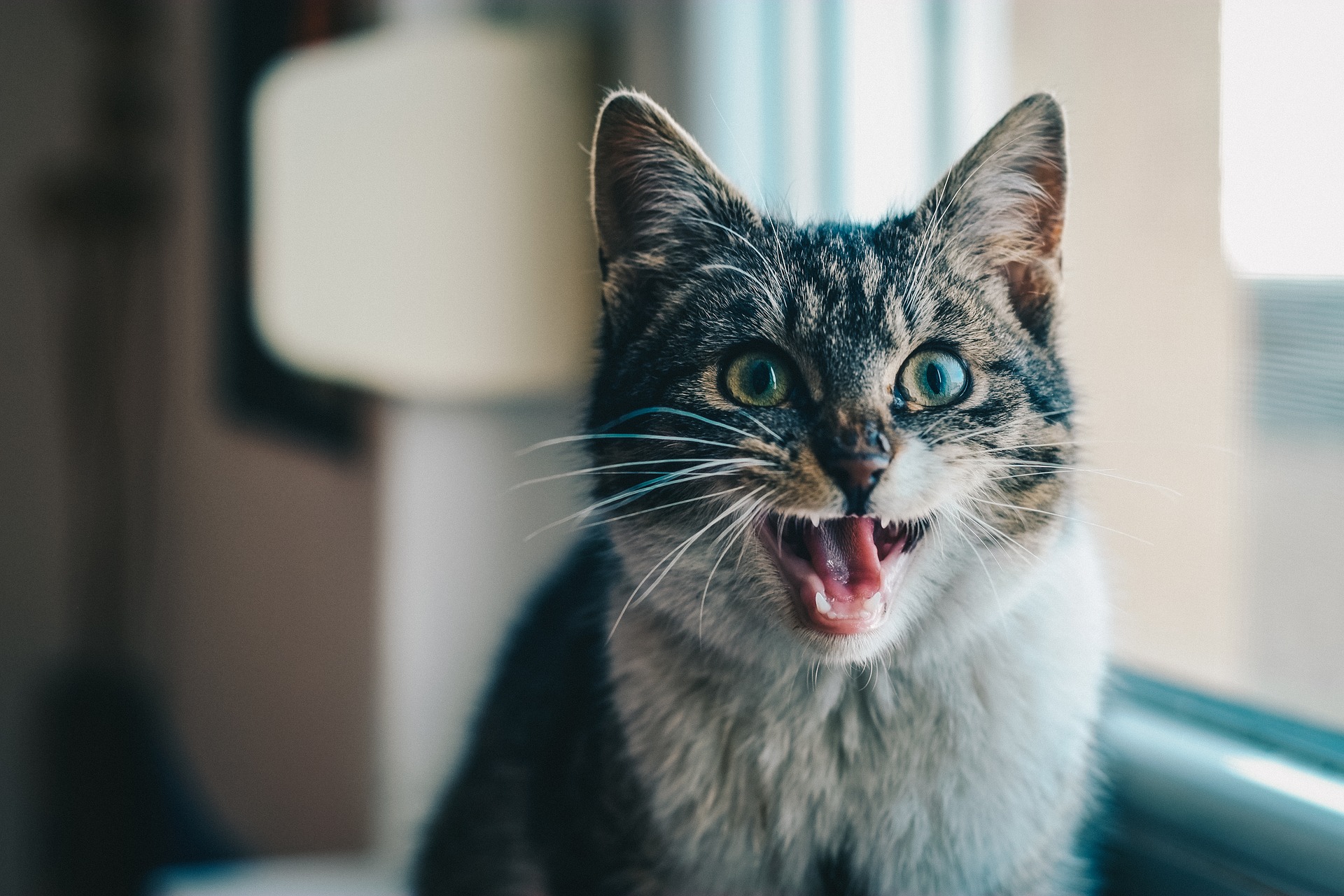
What Are Polyps And How Are They Treated In Cats Vet Help Direct
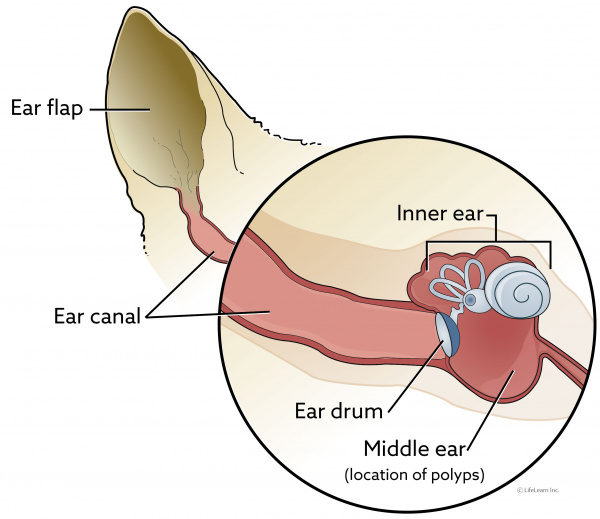
Nasopharyngeal Polyps In Cats Vca Animal Hospitals
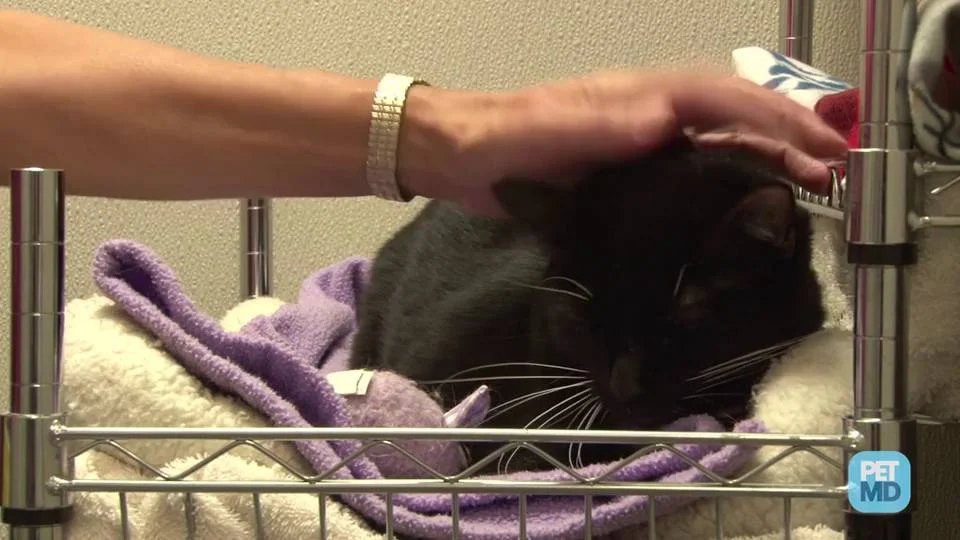
Nasal Discharge In Cats Runny Nose In Cats Petmd
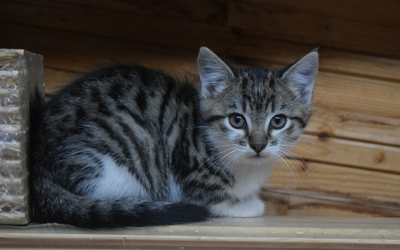
Nasal Polyps In Cats Vca Animal Hospitals

Nasopharyngeal Polyp In A Cat Removal Cost And Veterinary Advice Youtube

Cat Sinus Infection Home Remedies
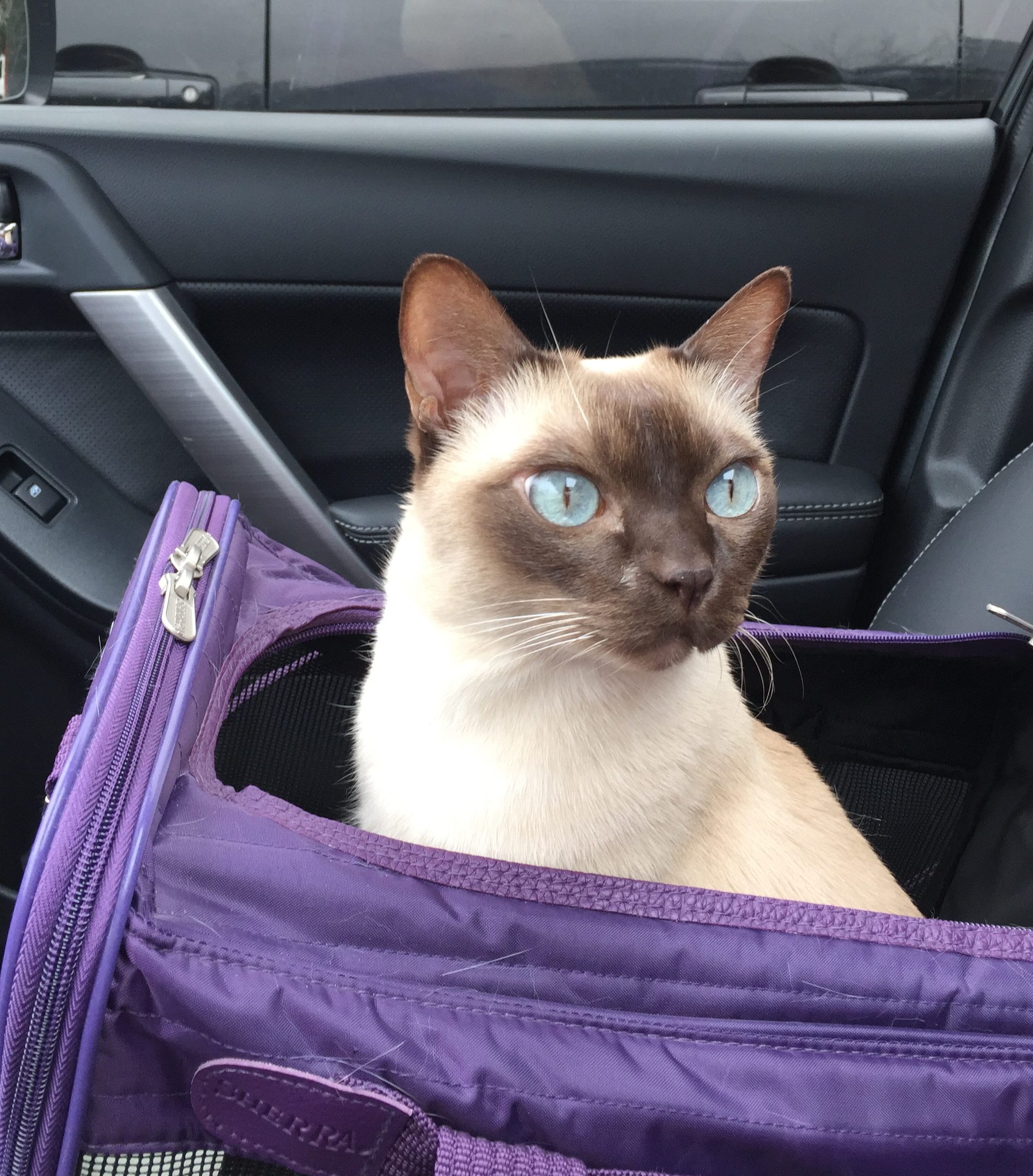
Following A Different Path Purrrfectly Holistic A Boutique For Cats Purrrfectly Holistic A Boutique For Cats
